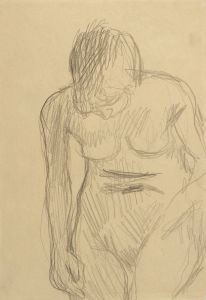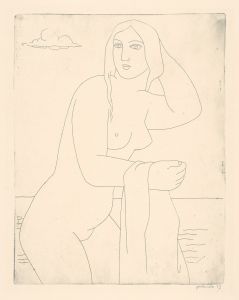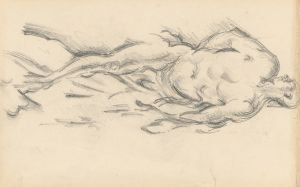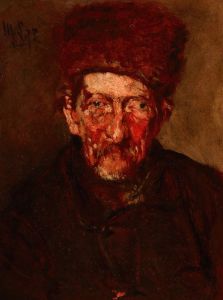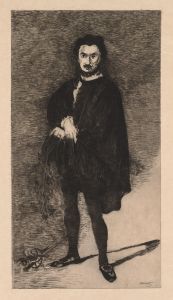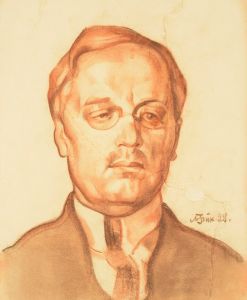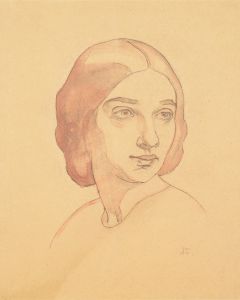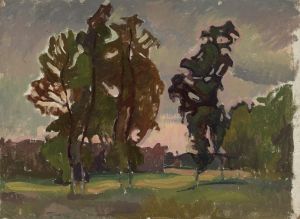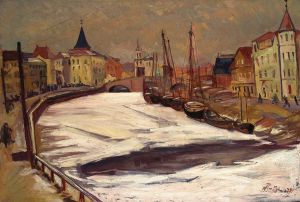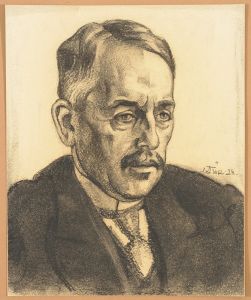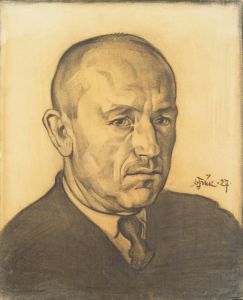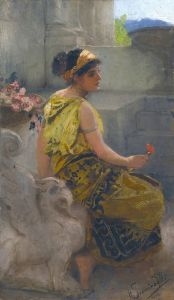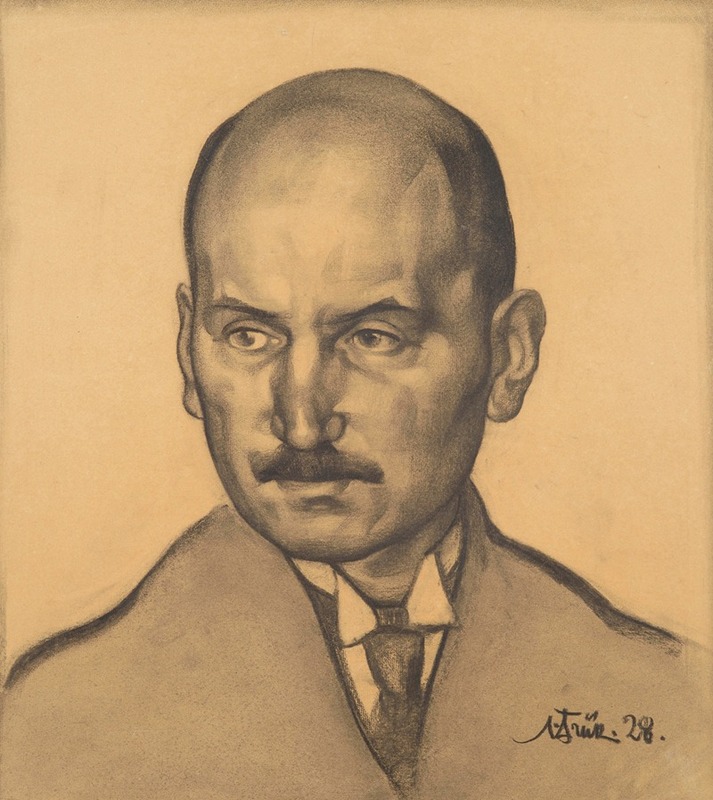
Oskar Lutsu portree
A hand-painted replica of Nikolai Triik’s masterpiece Oskar Lutsu portree, meticulously crafted by professional artists to capture the true essence of the original. Each piece is created with museum-quality canvas and rare mineral pigments, carefully painted by experienced artists with delicate brushstrokes and rich, layered colors to perfectly recreate the texture of the original artwork. Unlike machine-printed reproductions, this hand-painted version brings the painting to life, infused with the artist’s emotions and skill in every stroke. Whether for personal collection or home decoration, it instantly elevates the artistic atmosphere of any space.
Nikolai Triik's portrait of Oskar Luts, titled "Oskar Lutsu portree," is a notable work in the realm of Estonian art, capturing the likeness of one of Estonia's most cherished literary figures. Painted by Nikolai Triik, a prominent Estonian artist known for his contributions to modernist art in the early 20th century, this portrait stands as a testament to the intersection of visual art and literature in Estonia's cultural history.
Oskar Luts (1887–1953) was a celebrated Estonian writer, best known for his novel "Kevade" ("Spring"), which holds a significant place in Estonian literature. His works often reflect the rural life and culture of Estonia, resonating deeply with the Estonian people. The portrait by Triik captures Luts in a thoughtful pose, reflecting his introspective nature and his contribution to Estonian culture.
Nikolai Triik (1884–1940) was an influential figure in the Estonian art scene, known for his versatility and engagement with various art movements, including Impressionism and Symbolism. Triik studied art in St. Petersburg and later in Paris, where he was influenced by the European avant-garde movements. His work often incorporated elements of modernism, and he was a key figure in introducing these styles to Estonia.
The portrait of Oskar Luts is characterized by its expressive use of color and form, typical of Triik's style. The painting employs a rich palette and dynamic brushstrokes, which convey both the physical likeness and the intellectual presence of Luts. Triik's ability to capture the essence of his subjects is evident in this work, as he portrays Luts not just as a writer, but as a thinker and a cultural icon.
This portrait is significant not only for its artistic merit but also for its cultural importance. It represents a period in Estonian history where national identity and cultural expression were gaining prominence. The collaboration between Triik and Luts, two pivotal figures in their respective fields, highlights the synergy between different forms of art and their role in shaping national consciousness.
The painting is housed in the Art Museum of Estonia, where it continues to be an important piece for both art enthusiasts and scholars. It serves as a reminder of the rich cultural heritage of Estonia and the enduring legacy of its artists and writers. Through this portrait, viewers can appreciate the depth of Luts's character and the skill of Triik as an artist who could encapsulate the spirit of his time.
In summary, Nikolai Triik's portrait of Oskar Luts is a significant work that captures the essence of a key figure in Estonian literature. It reflects the broader cultural movements of the time and stands as a testament to the enduring relationship between art and literature in Estonia's national narrative.





